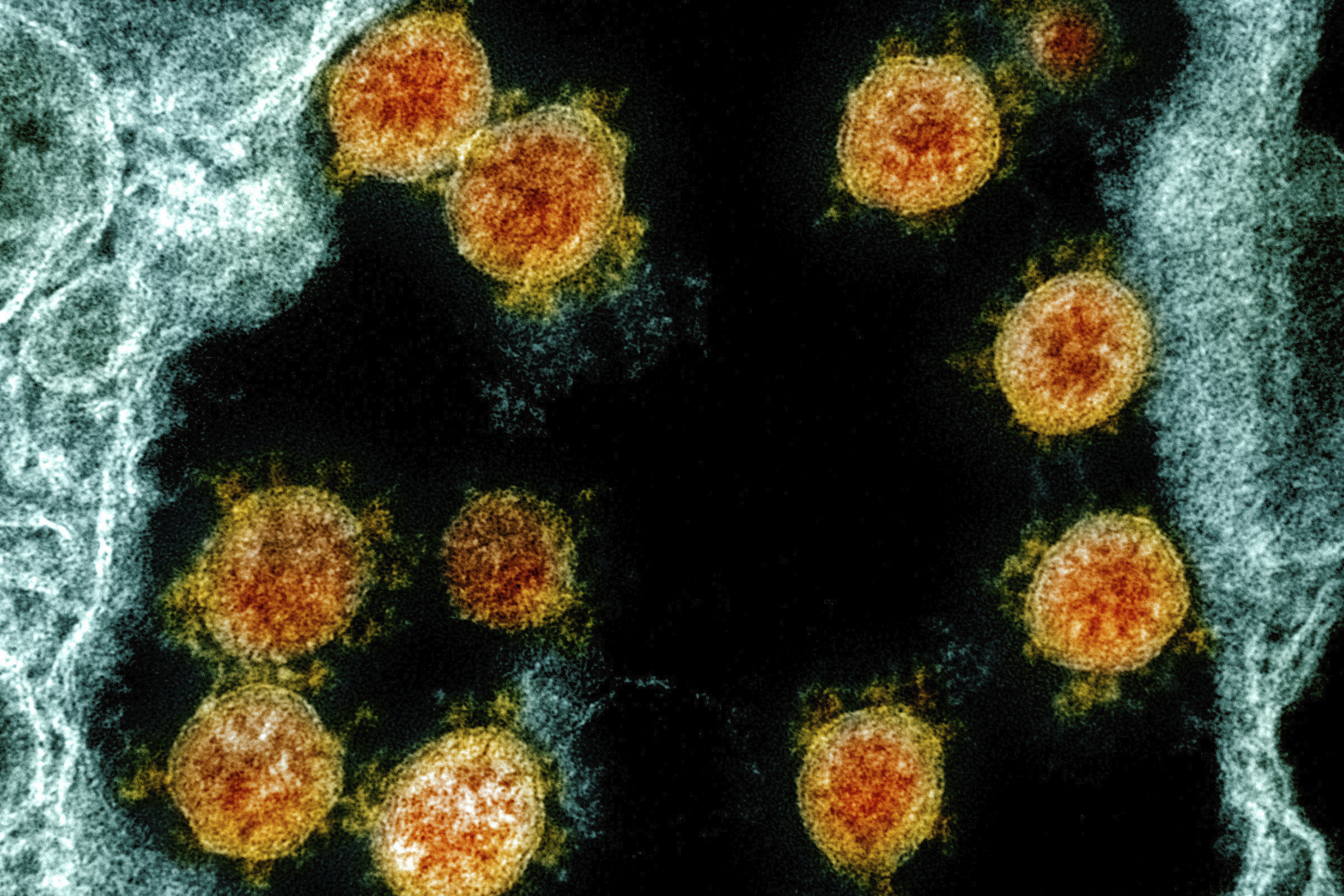Home isolation for asymptomatic, mild Covid cases
KATHMANDU, JUNE 3
The Ministry of Health and Population has directed hospitals to send home patients infected with the novel coronavirus who show mild or no symptom of the disease so that hospitals can treat severe cases of COVID-19.
Hospitals treating COVID-19 patients have also been told to identify asymptomatic, mild moderate, severe and critical cases. Those with mild or no symptoms can stay at home following the ministry’s guidelines.
Issuing isolation guidelines for management of coronavirus cases in the country today, the health ministry stated that guidelines had been issued as the number of COVID-19 patients in the country had surged.
The health ministry has also designated levels to hospitals: Level 1 hospitals for moderate cases, Level 2 hospitals for severe and critical cases and Level 3 hospitals for those needing multi-speciality health services.
“With the number of COVID cases in the country surging past 2,000, we have decided to give priority to treating those showing symptoms of COV- ID-19. If health facilities are filled with asymptomatic cases, we won’t be able to treat people with symptoms and those with severe illness,” said Samir Kumar Adhikari, assistant spokesperson for the health ministry.
The health ministry has also decided to regulate non-COV- ID hospitals so that regular health services in health centres do not suffer.
Home isolation guidelines
- The room where a patient stays in isolation should have ventilation and should let in enough sunlight
- The patient should not venture out of home and his/her kin should help arrange items s/he needs
- The patient should have nutritious diet and consume sufficient amount of water
- Items used by the patient should be washed safely and used only after drying in the sun
- The patient should use separate toilet and bathroom. In case that is not possible, the toilet/bathroom should be disinfected before anyone uses it
- Door knobs, machine handles, tables and other items in homes with COVID patients should be mandatorily disinfected frequently
- Those taking care of patients should compulsorily wear mask
- People with chronic illness, those above 60 years, pregnant women and new mothers should be kept away from COVID patients
- Temperature of the patient should be checked thrice a day. The designated health worker should be informed about the patient’s health condition through SMS
- The patient’s kin should immediately inform the designated health worker if the patient experiences breathing difficulty, chest pain or any other health complication, such as face or lips turning blue
- In case these conditions can’t be met at the patient’s home, s/he should be kept at the hospital’s isolation ward
- Asymptomatic patients should venture out of home only after 14 days of isolation • Those with mild symptoms should venture out only after 17 days — 14 days of isolation and three days for complete recovery from the signs and symptoms of coronavirus — after verification by a doctor
Guidelines for non-COVID hospitals
- Hospitals not treating COVID patients should have a screening point at the main entrance of the hospital
- Patients visiting hospitals should be given green or yellow cards, depending on their health and travel history — green card for those okayed for regular health service and yellow card for those who need to be screened for coronavirus.
- Those with yellow cards should be sent to pre-isolation ward for swab sample collection
- All the hospitals should have a separate isolation ward, along with a security guard, for asymptomatic and mild cases
- Arrangements should be made for disinfecting the pre-isolation ward or units that provide regular health service within two hours of anyone testing positive for COVID-19
A version of this article appears in e-paper on June 4, 2020, of The Himalayan Times.






